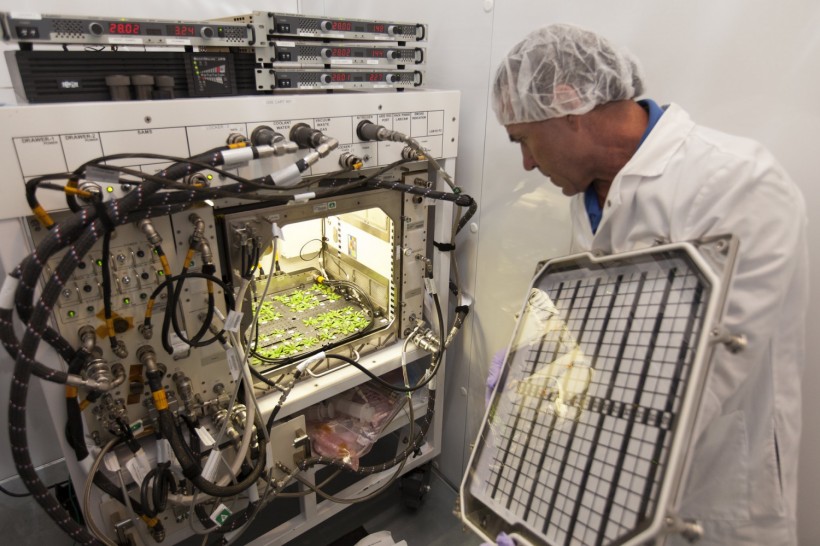Rice on space? Is it possible to grow this crop?
The Tiangong space station has been used by Chinese astronauts to grow rice seedlings successfully, and this experiment may reveal crucial new knowledge about how astronauts might grow food to support prolonged space trips, as reported first by China Daily.

Rice Experiments in Space
Despite the fact that there have been prior rice experiments in space, the one being carried out on Tiangong is the first of its kind in producing the entire life cycle of the plant, which starts with a seed and ends with a full plant generating new seeds.
The Wentian space laboratory was launched into orbit by China on July 24 in order to dock with the Tianhe core module of the Chinese space station.
The space lab is the nation's largest and heaviest spacecraft to date; it measures 17.9 meters in height and weighs 23 metric tons. Eight experimental payloads are on board, one of which is for the rice experiment.
The payloads are functioning properly, according to Zhao Liping, a researcher at the Technology and Engineering Center for Space Utilization of the Chinese Academy of Sciences, and the three astronauts are carrying out and evaluating the experiments as planned.
According to Zheng Huiqiong, a researcher at the Center for Excellence in Molecular Plant Sciences of the Chinese Academy of Sciences, ever since the rice experiment started on July 29, the seedlings of the tall shoot rice variety have grown to a height of about 30 centimeters and the seedlings of the dwarf rice variety, known as Xiao Wei, have grown to about 5 centimeters.
The experiment included seedlings of Arabidopsis thaliana, a little flowering plant of the mustard family that scientists frequently use to examine mutations.
Will the Astronauts Plant The Formed Seeds on Earth?
The astronauts will continue to observe the plants, and if the experiment is a success, they will gather the newly formed seeds and return to Earth for additional research.
"We want to investigate how microgravity can affect the plant flowering time on the molecular level and whether it is possible to use the microgravity environment to control the related process," Zheng said in a statement.
According to China Daily, the country has been sending rice and other crop seeds to space since the 1980s to aid in their mutation and increase their ability to yield when planted on Earth.
However, due to the severe conditions of space, including microgravity, a lack of air, and high-energy cosmic rays, producing rice in orbit presents a unique difficulty.
Since the beginning of space exploration, rice has been a staple diet for astronauts. Freeze-dried chicken and rice were consumed by US astronauts on board the Apollo 11 mission, which made history by sending the first person to set foot on the moon in July 1969.
Related Article: This DIY Technique Could Revolutionize Solar Energy Into Outer Space
This article is owned by Tech Times
Written by Joaquin Victor Tacla





